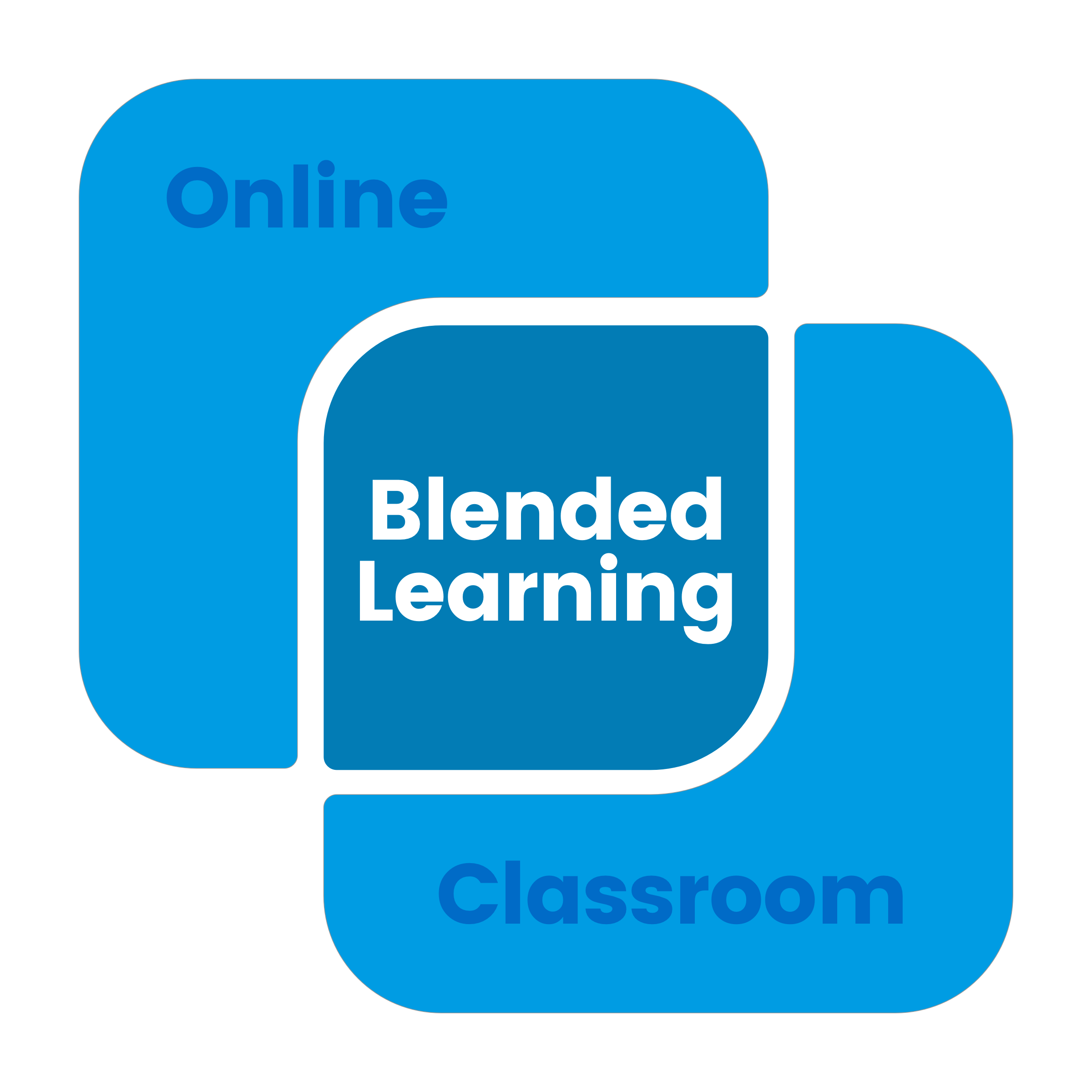Accelerate Player Development with Blended Learning

With blended learning, coaches can meet athletes where they’re most comfortable to help them improve.
The concept of blended learning has become a hot topic in high school academics. A system that combines online learning with school-based instruction enables students with different learning styles to be successful. Online learning allows students to study outside of school hours, accelerates their understanding and better utilizes instructors’ time. It gives students an element of control and ownership over how, when and where they work.
That strategy doesn’t have to be confined to the classroom. It’s a concept that works for athletics as well. While a good deal of player learning is going to come on the practice field or the locker room, coaches can easily share information with players to digest on their own time.
This concept doesn’t diminish the value of coaching—these leaders are still expected to motivate athletes, teach them the game and help develop their skills. But blended learning allows those lessons to continue even when athlete and coach are apart.
Meet Athletes Where They Are
Today’s athletes are more attached to screens than ever before. Studies show that Generation Z spends more than six hours each day on the internet, texting or engaging on social media. This generation prefers to be engaged with a smartphone or tablet and responds best to visual stimuli.
Blended learning provides an avenue for coaches to embrace this characteristic instead of resisting it. Video is a tremendous teacher that reinforces lessons when coaches aren’t physically present.
Instruct players how to watch video and learn on their own. Coaches can quickly create playlists of clips for players to watch, adding comments and drawings to drive certain points home. The video can be shared with groups or individuals with a single click.
“The tendency for players is to want to look at their highlights,” Bob Rickman, the boys basketball coach at Alton High School (Ill.), said. “But that’s when I would break out some clips and email a player and say, ‘Look at these shots you had last game,’ or, ‘Look at this series here. What are we doing right and what are we doing wrong?’ That’s a good way to get them to focus in on the particular areas you want them to.”

Give Players Ownership
The more invested any individual feels in a process, the harder they’ll work to keep up their end of the bargain. Giving athletes the responsibility to watch video on their own will make them feel empowered and add a layer of trust between them and their coach.
Every player will approach the opportunity to watch video on their own differently. Some will dive in headfirst, eating up every clip you send them. Others may take a more hands-off approach. But all will be encouraged and feel more involved in the process.
“I think video editing is just part of high school culture,” Greg Ceitham, the boys soccer coach at Holland High School (Mich.), said. “The difference is now they have access to these tools and this footage that they didn’t have access to before. Their ability to manipulate it, to edit it, to change it, to label it, it’s extremely valuable, and they’ve become very comfortable with the platform very quickly.”
Help Athletes Better Learn the Game
A teacher would never simply hand a textbook to a student and say, ‘OK, now learn.” A book may have great information, but without the context a teacher provides it’d get lost.
Coaches can help athletes truly learn the ins and outs of the game by combining their knowledge and experience with the benefits video provides. Video isn’t a replacement for coaching—it simply drives home coaches’ points, allowing for faster and deeper comprehension.
Playlists can break up long film room sessions into digestible bites of information. Athletes often don’t have the patience to watch entire games, and even if they do, they’re likely to key in on their own performance, potentially missing out on important points. Sharing a playlist of key points will keep them focused and hold their interest.
Coaches of all sports can benefit from incorporating video and embracing blended learning–get your programs engaged with video.